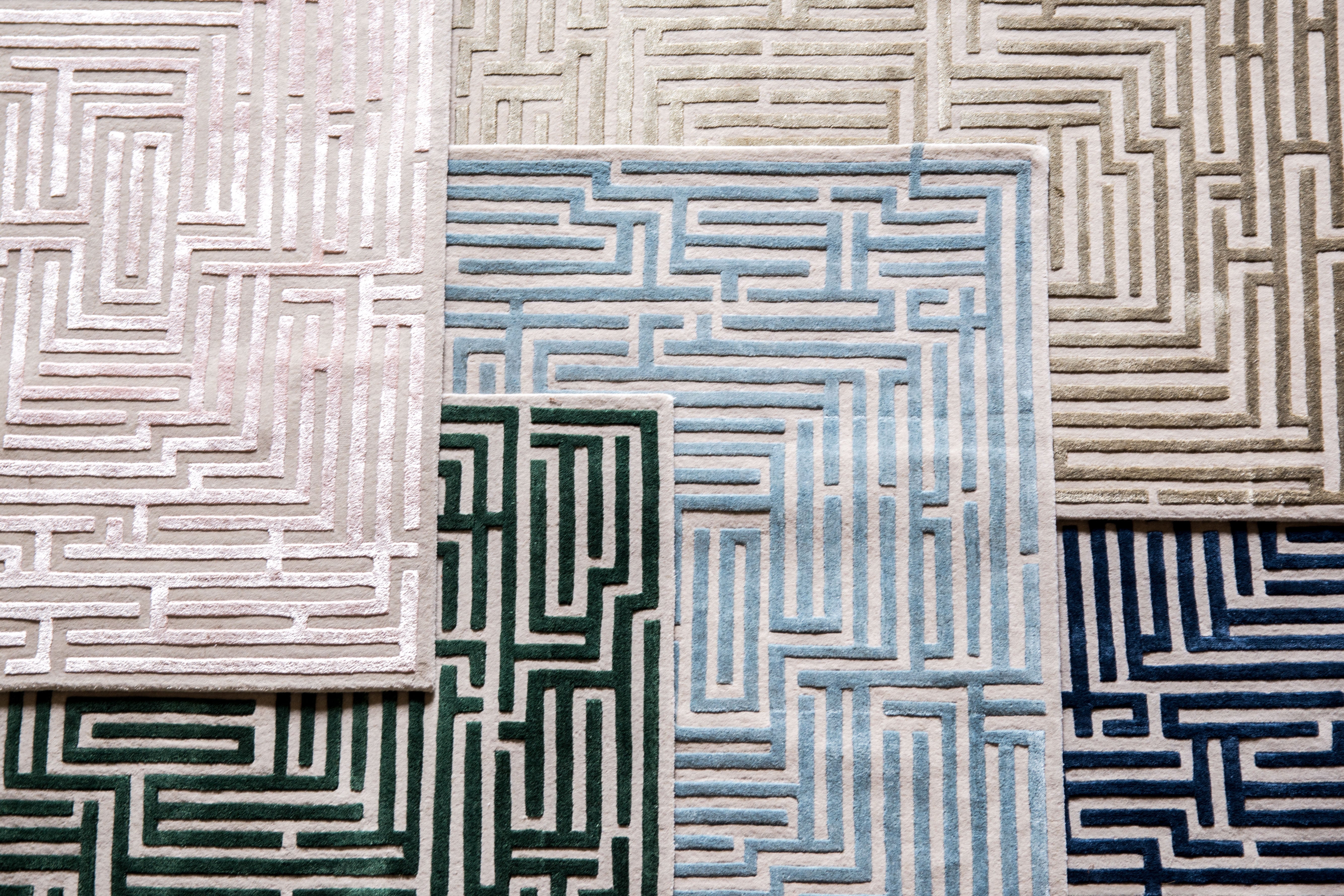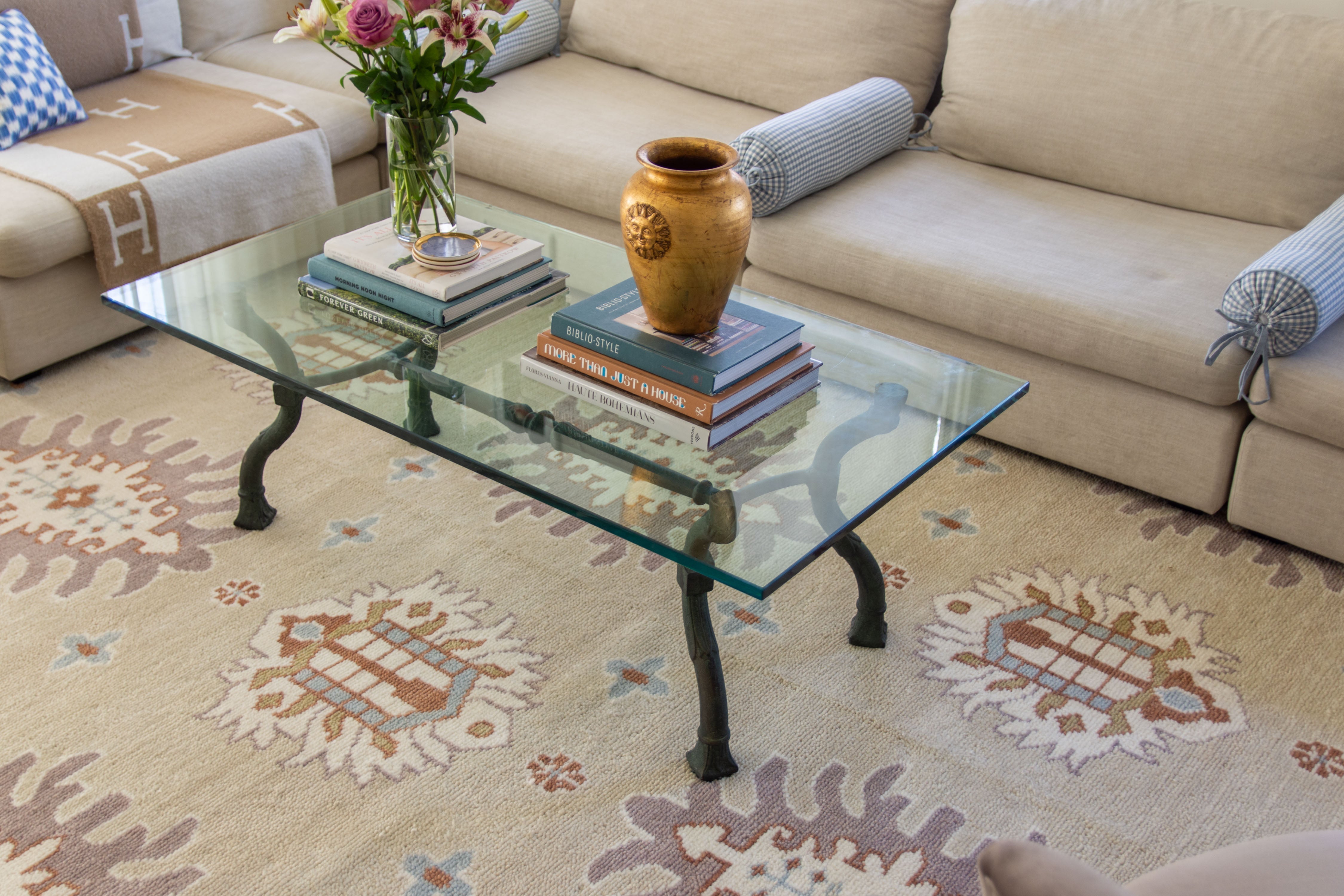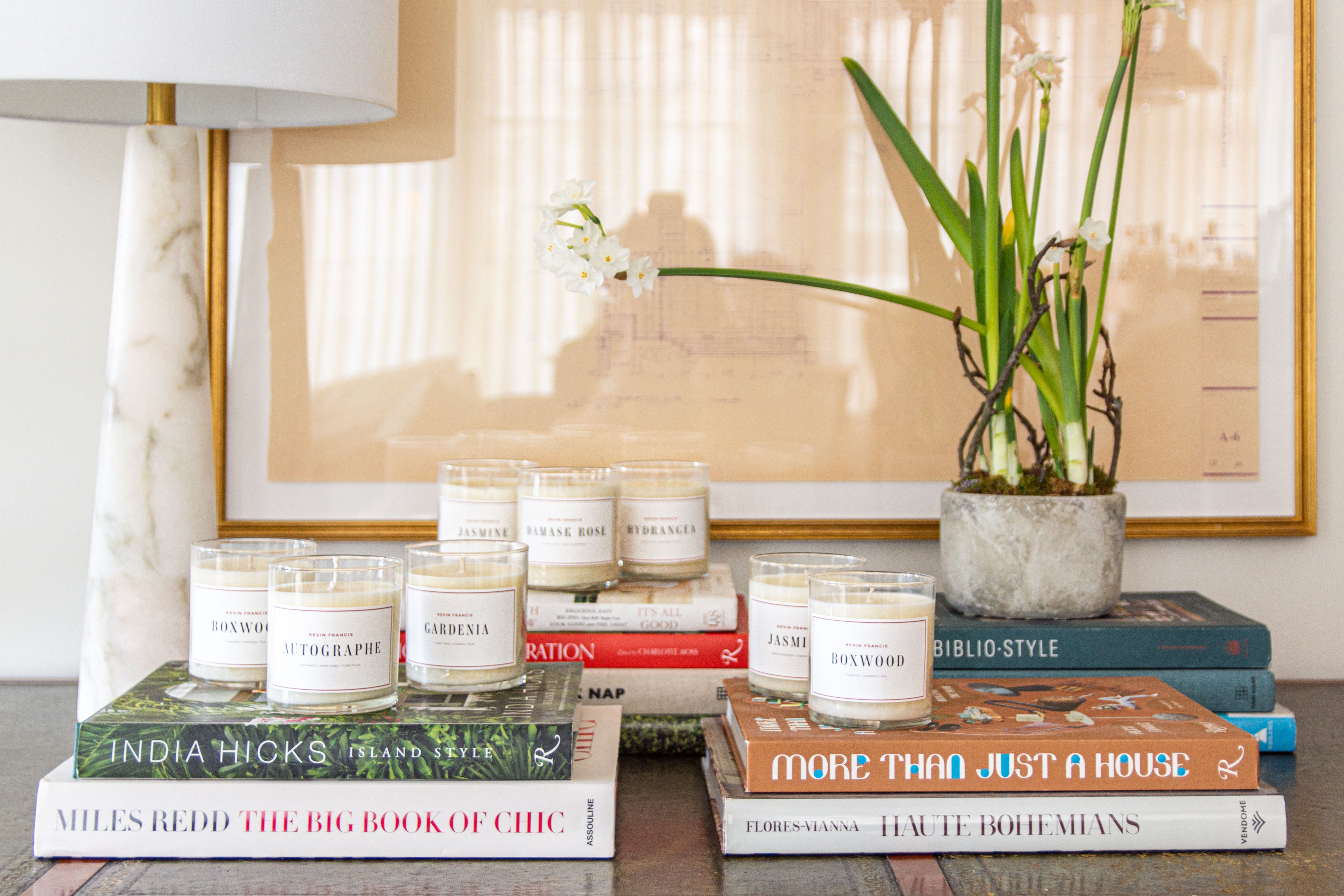Breathing Easier: How to Remove Mold from Your Home
Mold in your home is not just an unsightly problem; it's a health hazard that can affect the air quality and well-being of your living space. When left unchecked, mold can cause significant damage to your property and contribute to various health issues, ranging from allergies and respiratory problems to more severe conditions. Fortunately, removing mold and preventing its return is within your grasp. In this guide, we'll take you through a comprehensive approach to eliminating mold in your home, ensuring you and your loved ones can breathe easier and live in a healthier environment.
Enlist the Help of a Professional Mold Remediation Service
When tackling a serious mold infestation, it's crucial to consider enlisting the help of a professional mold remediation service. These experts possess the technical knowledge, equipment, and protective gear needed to safely remove mold from your home without spreading spores to other areas. A professional team will conduct a thorough inspection to identify all mold sources, even those hidden within walls or under floors.
By hiring specialists, you also ensure that the mold is removed efficiently, reducing the likelihood of a recurrence. Mold removers in Brunswick recommend performing air quality tests before and after the remediation process to ensure satisfactory results. Additionally, a reputable service will offer a warranty or guarantee for their work, giving you peace of mind knowing that they stand behind their services.
Identify and Address the Source of Moisture
Mold thrives in moist, humid environments, making it essential to identify and address any source of moisture that may be promoting its growth. Common sources include leaky pipes or roofs, condensation buildup, and poor ventilation. To prevent mold from returning after removal, it's crucial to fix these issues promptly.
In addition to fixing visible leaks, it's also essential to keep your home dry by using dehumidifiers and ensuring proper ventilation. Regularly inspecting your property for any signs of moisture can help catch potential problems before they escalate.
Use Natural Cleaning Solutions
For a more eco-friendly approach to mold removal, consider using natural cleaning solutions that are less harmful to your health and the environment. Vinegar, commonly found in households, is an effective agent against mold due to its acidity. Mixing one part vinegar with one part water can create a robust solution for scrubbing away mold on surfaces.
Baking soda, a safe and natural option, can be combined with vinegar for a deeper clean to deodorize musty odors from mold. Tea tree oil, a pricier but potent natural alternative with antifungal and antibacterial properties, is great for tackling mold at its source. Using these solutions minimizes health risks and cuts the environmental impact of mold cleanup at home.
Protect Yourself During Mold Removal
When undertaking mold removal, personal protection is paramount to prevent exposure to harmful spores. It's essential to wear protective gear, including N95 masks or respirators, gloves, and goggles to shield your eyes, skin, and respiratory system. Covering your body with long-sleeved shirts and pants can further reduce skin exposure.
Before beginning the cleanup, ensure the area is well-ventilated to dissipate mold spores and toxic fumes from cleaning agents. Disposing of contaminated materials properly is crucial to avoid spreading mold to other parts of your home. By adhering to these safety measures, you can protect your health while effectively eliminating mold from your environment.
Discard Porous Materials
Porous materials like carpet, upholstery, and some insulation can absorb moisture, creating a breeding ground for mold. If mold takes hold, it's often challenging to fully eliminate. In such cases, it's best to safely dispose of these items and replace them with mold-free materials.
This step is vital in homes with severe mold issues, as keeping these items can cause mold problems to recur. When getting rid of mold-infested porous materials, sealing them in plastic bags is crucial to stop mold spores from spreading during removal. Replacing these items not only solves the mold problem right away but also promotes a healthier indoor environment in the long run.
Maintain a Clean and Dry Home
Preventing mold from returning after removal is crucial for the health of your home and its occupants. Regularly cleaning and maintaining your living space can go a long way in keeping mold at bay. Vacuuming with a HEPA filter, wiping down surfaces with vinegar or tea tree oil solutions, and regularly inspecting for any signs of moisture can help prevent mold growth.
Keeping your home dry and well-ventilated is also essential in limiting the conditions that promote mold growth. Consider using a dehumidifier in damp areas, such as bathrooms or basements, to reduce moisture levels. Additionally, keeping windows open and letting natural light in can help circulate air and inhibit mold growth.
The battle against mold does not have to be daunting. By learning to identify, effectively remove, and prevent mold, your living space can remain a healthy haven. Regular vigilance and maintenance practices can significantly reduce the risk of mold-related health issues and protect your home's value. Remember, in the quest for clean and breathable air, knowledge is your best defense.










